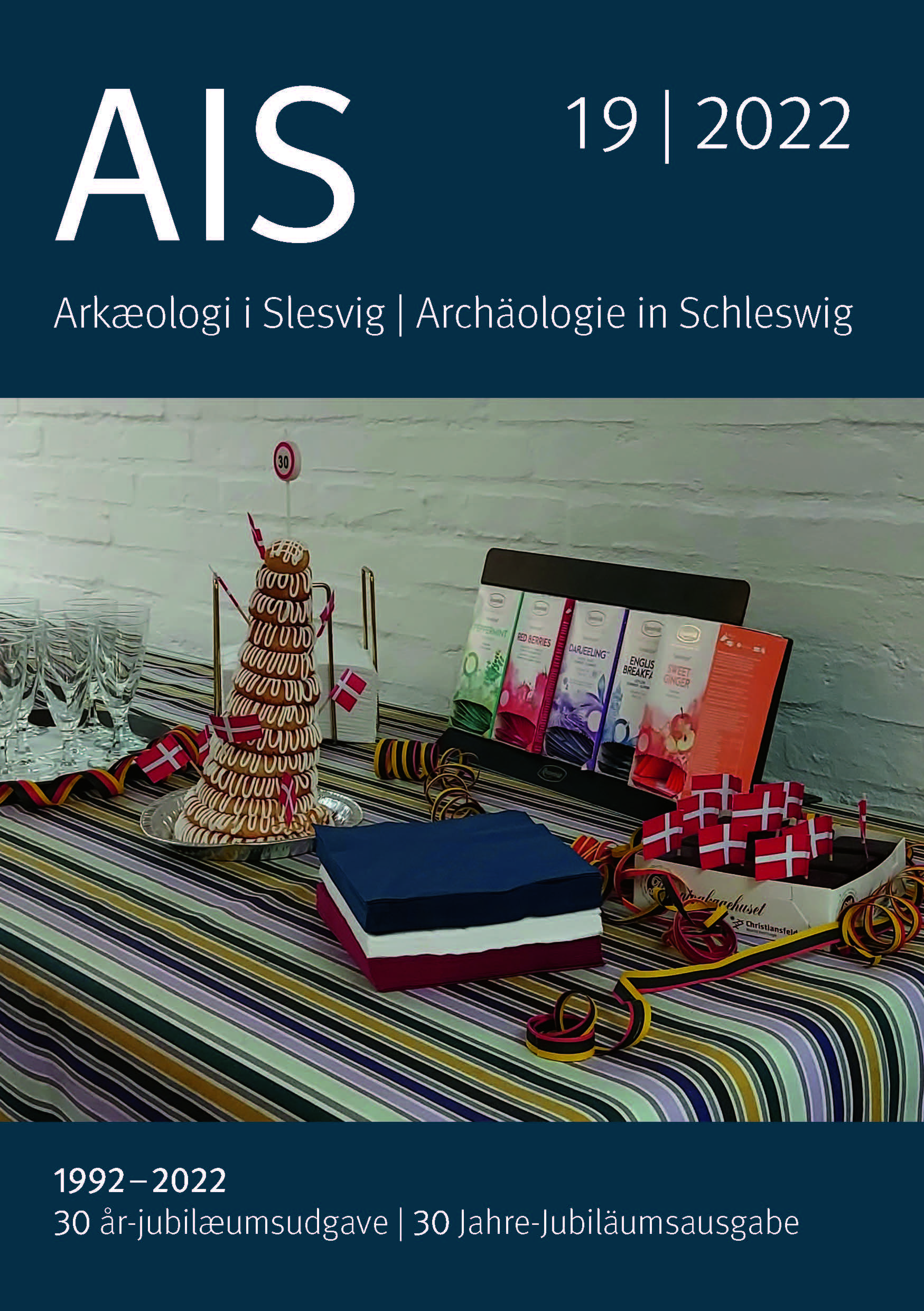Schiffswracks im schleswig-holsteinischen Wattenmeer: Zum Stand der aktuellen Forschung
Resumé
Between 2016 and 2020, four new
shipwrecks
were discovered in Schleswig-
Holstein‘s Wadden Sea as a result of
coastal erosion. In 2022, two additional
shipwrecks were exposed by hurricanes.
All wrecksites are located in the intertidal
zone, i. e. on Hörnum Odde (island
of Sylt), as well as the outer shoals of Japsand
and Süderoogsand, which form part
of the North Frisian barrier islands and
have been navigation hazards since time
immemorial. The investigated wrecks date
between the 17th and 20th centuries AD.
Some remarkable constructional features
could be observed, which allow inferences
on the wrecks‘ origins and shipbuilding
traditions. Two of the wrecks feature double-
planking carried out in the characteristic
Dutch-style shell-first technique that
was – until recently – regarded as a fleeting
phenomenon of the late 16th and early
17th centuries, but based on these new
discoveries, this peculiar construction can
now be traced to the mid-18th century. In
general, the North Frisian Wadden Sea was
a heavily Dutch-influenced area, which
finds not only expression in the majority
of shipwrecks, but also the maritime culture
of the islands. Another aspect worth
noting in the context of archaeological
research in the intertidal zone is the involvement
of local citizens, who facilitate
the work of the archaeologists in these
remote areas with vital logistical support
and knowledge of the local environment.
This highlights the public responsibility of
208
archaeologists to involve and share their
knowledge with the local community. This
paper will provide an overview of the investigated
shipwrecks and an update on
interim research results.
Downloads
Publiceret
Citation/Eksport
Nummer
Sektion
Licens
Copyright (c) 2023 Tidsskrift og forfatter

Dette værk er under følgende licens Creative Commons Navngivelse – Ikke-kommerciel – Del på samme vilkår (ShareAlike) (by-nc-sa).
Tidsskriftet er ikke ansvarlig for indhentelse af tilladelse fra tredjepart i forhold til brug af illustrationer m.m, ved eventuel genudgivelse af materialet.
Forfatteren er alene ansvarlig for at indhente samtlige rettigheder til publikation af kortmateriale, billeder, grafisk materiale etc.
Forfattere, der publicerer deres værker via dette tidsskrift, accepterer følgende vilkår:
OPEN ACCESS: Forfatteren bevarer ophavsret og giver tidsskriftet første ret til publicering.





